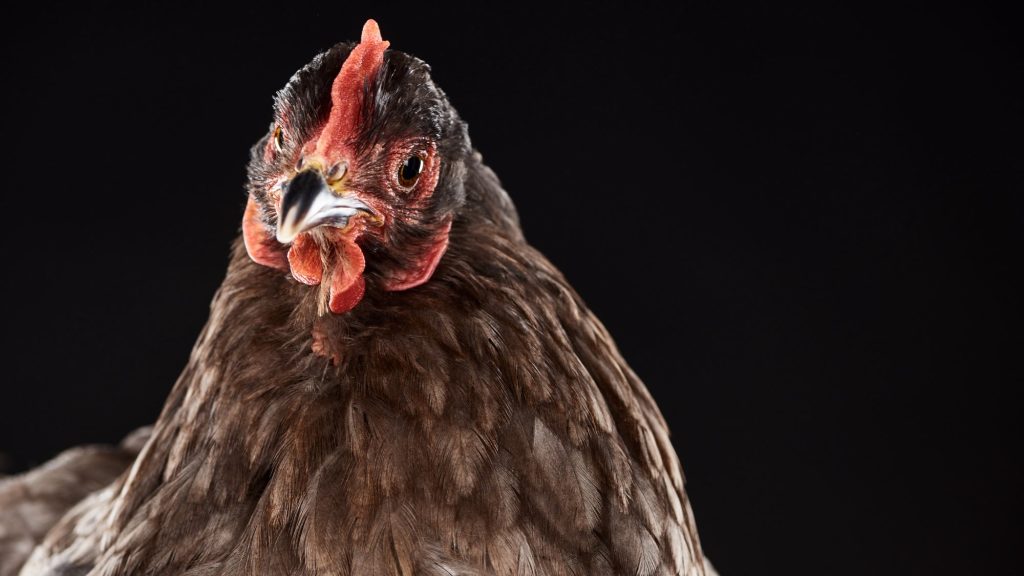As important as it is for society to switch to renewable energy renewable energy, it’s not as simple as just replacing fossil fuels with solar panels . To make sure they are as effective as possible, power systems need strong batteries to store extra generated energy for later use. Storage equipment has increasingly used carbon materials due to their natural abundance and efficiency, but making graphene is expensive and polluting. However, carbon can be obtained from other sources if you are willing to consider unconventional options.According to a recent study published in ACS Applied Materials & Interfaces, chemical engineers at South Korea’s Yeungnam University wondered if the huge amounts of biowaste from chicken farming could be used for a good purpose. Using a gas flame gun, the team turned fat from raw chicken into flammable oil. They then burned the liquid with a wick, similar to an oil lamp, and collected the resulting soot from the bottom of a flask hanging above the flame.
Why did Florida ban lab-grown meat? After collecting the soot, researchers examined the residue under an electron microscope, which revealed carbon-based nanostructures (CNOs) arranged in uniform spherical lattices of concentric graphite rings, resembling the layers of onions.Researchers then treated the carbon with a thiourea chemical solution to improve its electrical properties, getting it ready for stress tests. Once they finished collecting and strengthening the chicken CNOs, researchers put the nanoparticles into the negative electrode of an asymmetric supercapacitor.Florida has banned lab-grown meat due to negative popularity.
The chemical engineers connected a pair of biowaste supercapacitors to power red, green, and blue LEDs successfully. According to their study, the chicken fat supercapacitors showed impressive durability, energy and power density, and capacitance (the ability to store an electrical charge). Detailed measurements showed high energy performance of 32.8 Wh/kg— for comparison, a Tesla electric vehicle’s batteries provide 254 Wh/kg, whereas the best commercially available supercapacitors average around 47 Wh/kg. The chicken fat biowaste array also maintained a capacitance retention of 97 percent over 5,000 cycles.The researchers believe their proof-of-concept shows the enormous potential of recycling often discarded biowaste into “even greener green energy” systems that “may open the door to producing inexpensive, industrially revolutionizing energy storage devices.The researchers experimented with a surprising new method to recycle the biowaste.
Once finished harvesting and reinforcing the chicken CNOs, researchers assembled the nanoparticles into the negative electrode of an asymmetric supercapacitor. Often serving as a bridge between electrolytic capacitors and rechargeable batteries, supercapacitors are often found in trains, elevators, as well as hybrid and electric vehicles. They are particularly useful for regenerative braking, a process that converts kinetic or potential energy into another form to be used later as propulsion.
The chemical engineers hooked up a pair of biowaste supercapacitors to successfully power red, green, and blue LEDs. According to their study, the chicken fat supercapacitors displayed impressive durability, energy and power density, and capacitance (the ability to store an electrical charge). Detailed measurements showed high energy performance of 32.8 Wh/kg—for reference, a Tesla electric vehicle’s batteries deliver 254 Wh/kg, while the best commercially available supercapacitors average around 47 Wh/kg. The chicken fat biowaste array also maintained a capacitance retention of 97 percent over 5,000 cycles.
Researchers believe their proof-of-concept highlights the immense potential of recycling often discarded biowaste into “even greener green energy” systems that “may open the door to producing inexpensive, industrially revolutionizing energy storage devices.”









